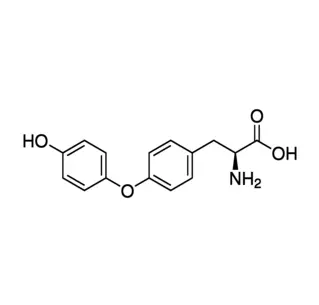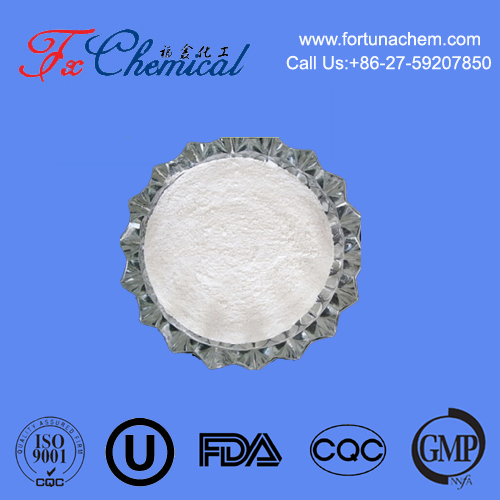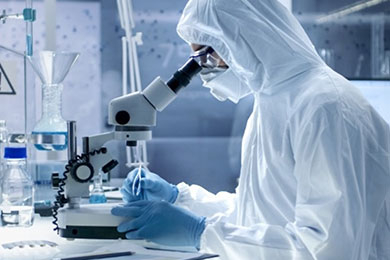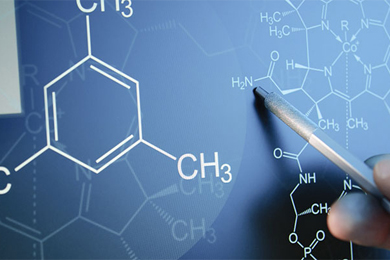
Search

Search

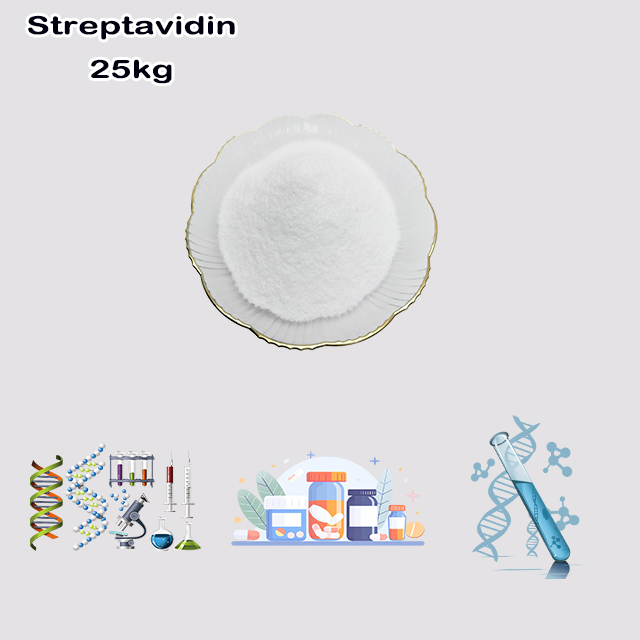
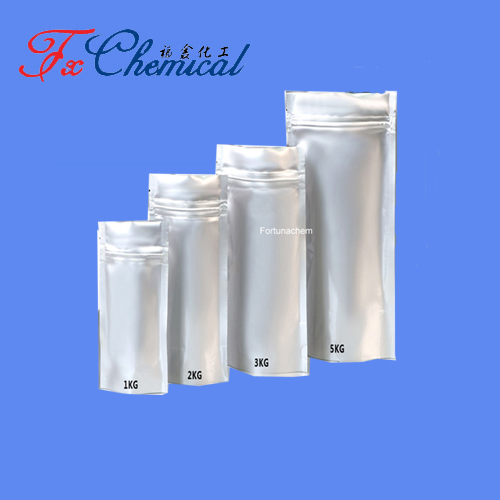
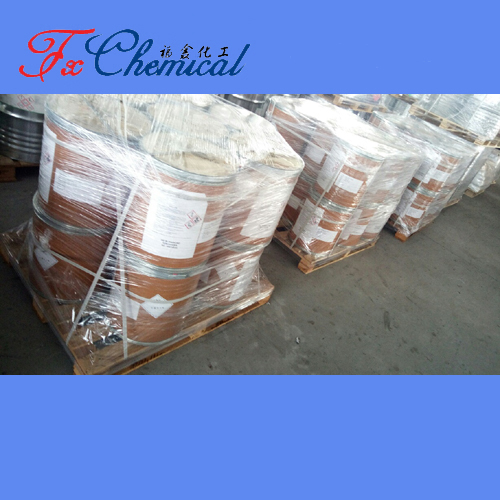
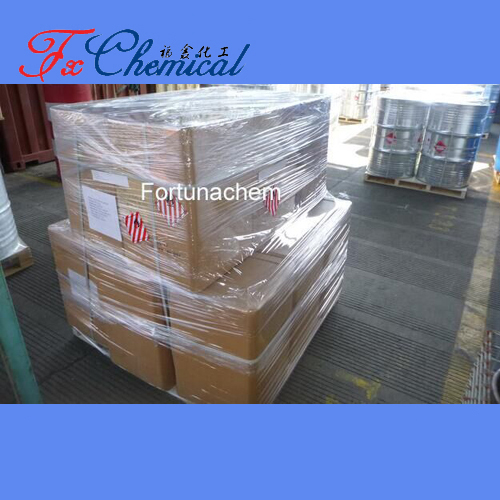
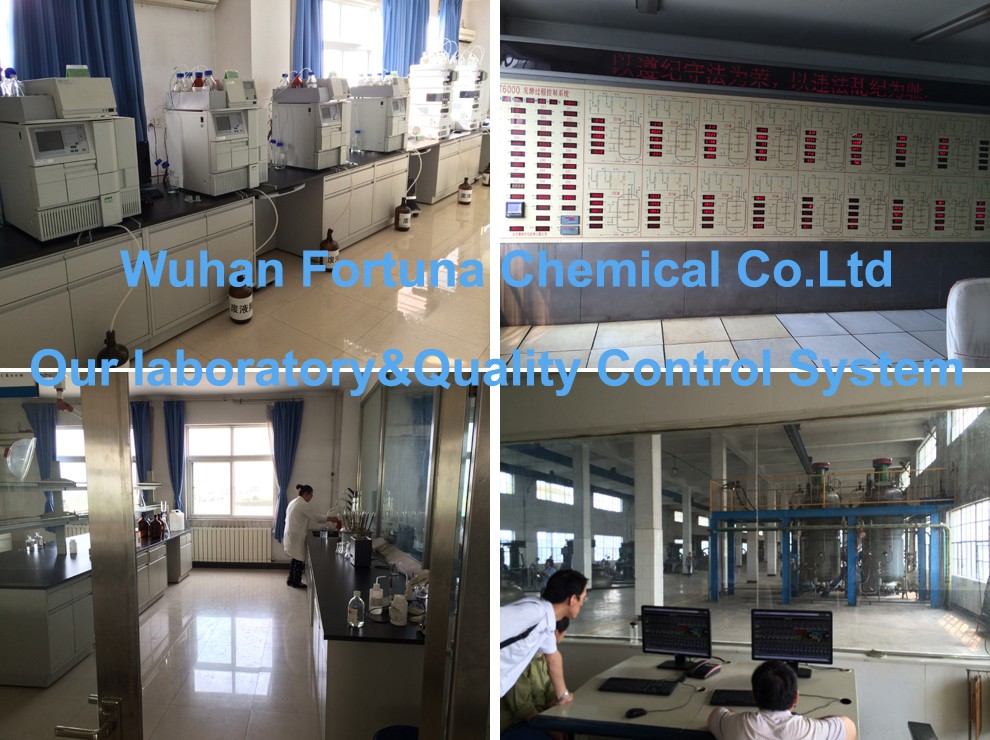





Streptavidin is a tetrameric protein (∼60 kDa) naturally produced by the bacterium Streptomyces avidinii. Its defining feature is an extraordinarily high affinity (Kd ∼ 10⁻¹⁵ M) for the vitamin biotin (vitamin B7/H), one of the strongest non-covalent interactions known.
Key properties/applications:
Biotin Binding: Each streptavidin subunit binds one biotin molecule with exceptional specificity and stability, resistant to heat, pH, and denaturants.
Detection & Purification: Forms the core of widely used biotin-streptavidin technology in molecular biology, diagnostics (ELISA, flow cytometry), and affinity purification (pulling down biotin-tagged molecules).
Advantages over Avidin: Streptavidin is non-glycosylated and has a near-neutral pI, resulting in much lower non-specific binding than egg-white avidin, making it the preferred reagent.
In short: Streptavidin is a vital bacterial protein tool enabling ultra-strong, specific capture and detection of biotinylated molecules in research and diagnostics.
Streptavidin is a tetrameric protein (meaning it has four identical subunits) originally isolated from the bacterium Streptomyces avidinii. It's renowned in biochemistry and molecular biology for its extremely strong and specific interaction with biotin (vitamin B7 or vitamin H).
Here's a breakdown of its key characteristics and importance:
High Affinity for Biotin:
This is its defining feature. Streptavidin binds biotin with one of the strongest non-covalent interactions known in nature.
The dissociation constant (Kd) is approximately 10⁻¹⁵ M, meaning the bond is essentially irreversible under most experimental conditions.
Each of the four subunits binds one molecule of biotin.
Structure:
Forms a very stable homotetramer (four identical chains).
Each subunit has a binding pocket perfectly shaped for biotin.
Advantages over Avidin:
Not glycosylated (lacks sugar groups).
Has a near-neutral isoelectric point (pI ~6-7).
Lower Non-Specific Binding: Unlike its cousin avidin (from egg whites), streptavidin is:
These properties make streptavidin much less "sticky" to other cellular components (like lectins or charged molecules) than avidin (which is glycosylated and has a high pI ~10), leading to significantly cleaner results in assays.
Key Applications (Leveraging the Biotin-Streptavidin Interaction):
ELISA (Enzyme-Linked Immunosorbent Assay): Streptavidin conjugated to enzymes (like HRP or AP) detects biotinylated antibodies or antigens.
Western Blotting: Biotinylated secondary antibodies + Streptavidin-enzyme conjugates amplify detection signals.
Immunohistochemistry (IHC) & Immunofluorescence (IF): Visualize targets using biotinylated probes + streptavidin linked to enzymes (for color) or fluorophores (for light).
Flow Cytometry: Detect cell surface markers using biotinylated antibodies + fluorescently labeled streptavidin.
Affinity Purification: Immobilize streptavidin on a solid support (like beads or columns) to capture biotinylated molecules (e.g., proteins, nucleic acids).
Microarray Technology: Immobilize biotinylated probes on streptavidin-coated slides.
DNA/RNA Pull-Down Assays: Capture biotinylated nucleic acids or associated proteins.
Nanotechnology: Building molecular structures and biosensors due to its stability and precise binding.
Detection and Immobilization: The core principle is "biotinylate" the molecule of interest (attach biotin chemically or enzymatically), then use streptavidin as a bridge or capture agent.
Common Techniques:
Derivatives:
Recombinant Streptavidin: Widely produced in E. coli for consistency and purity.
Mutant Forms: Engineered for faster off-rates (useful when reversible binding is needed) or altered stability.
Conjugates: Routinely coupled to enzymes (HRP, AP), fluorophores (FITC, PE, Alexa Fluor dyes), chromogens, magnetic beads, gold nanoparticles, etc.
In essence, streptavidin is an indispensable tool in modern life sciences because it provides an exceptionally strong, specific, and versatile "molecular glue" between a biotinylated molecule of interest and a wide variety of detection or capture systems. Its low non-specific binding makes it superior to avidin for most laboratory applications.

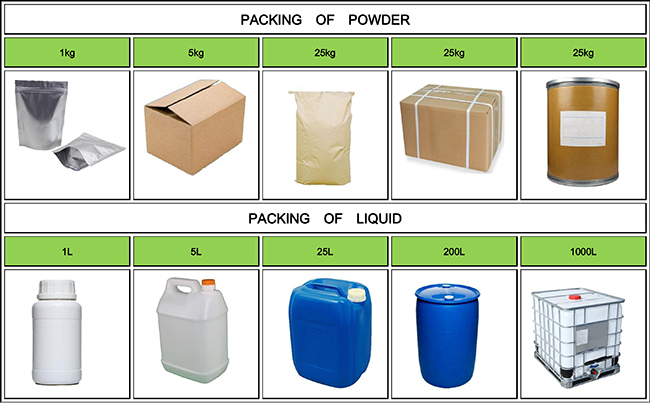
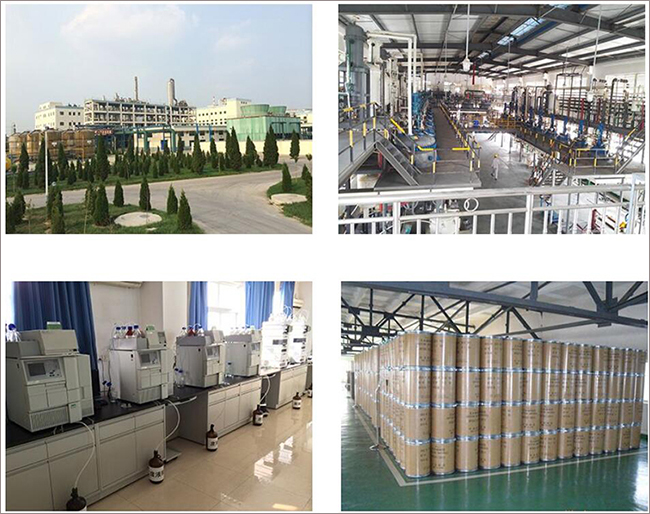

Fortunachem Provides Not Only Professional Chemical Products But Also Professional Help
Keeping you up-to-date with all the latest information, news, and events about Fortunachem!

Quick Links
Add:
E-mail:
 English
English  Español
Español  français
français  العربية
العربية 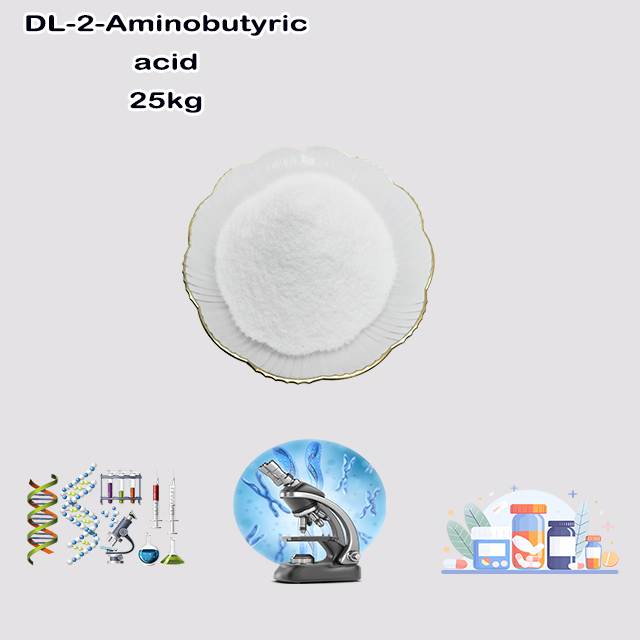
-Homoarginine_hydrochloride主图.jpg)
